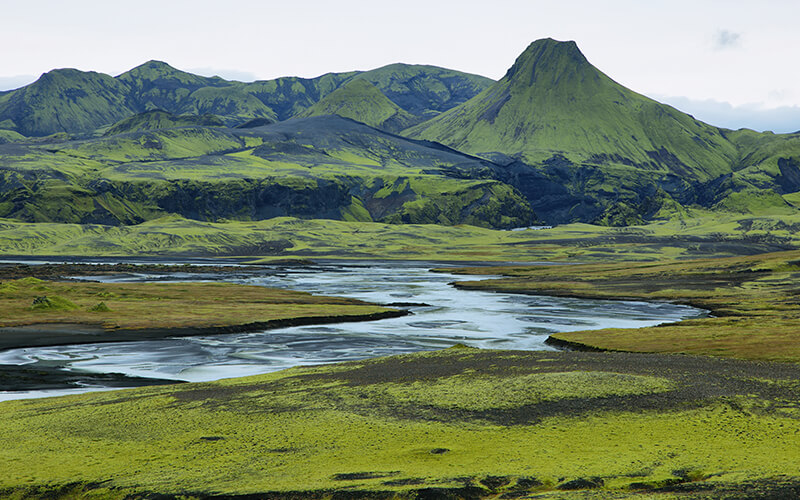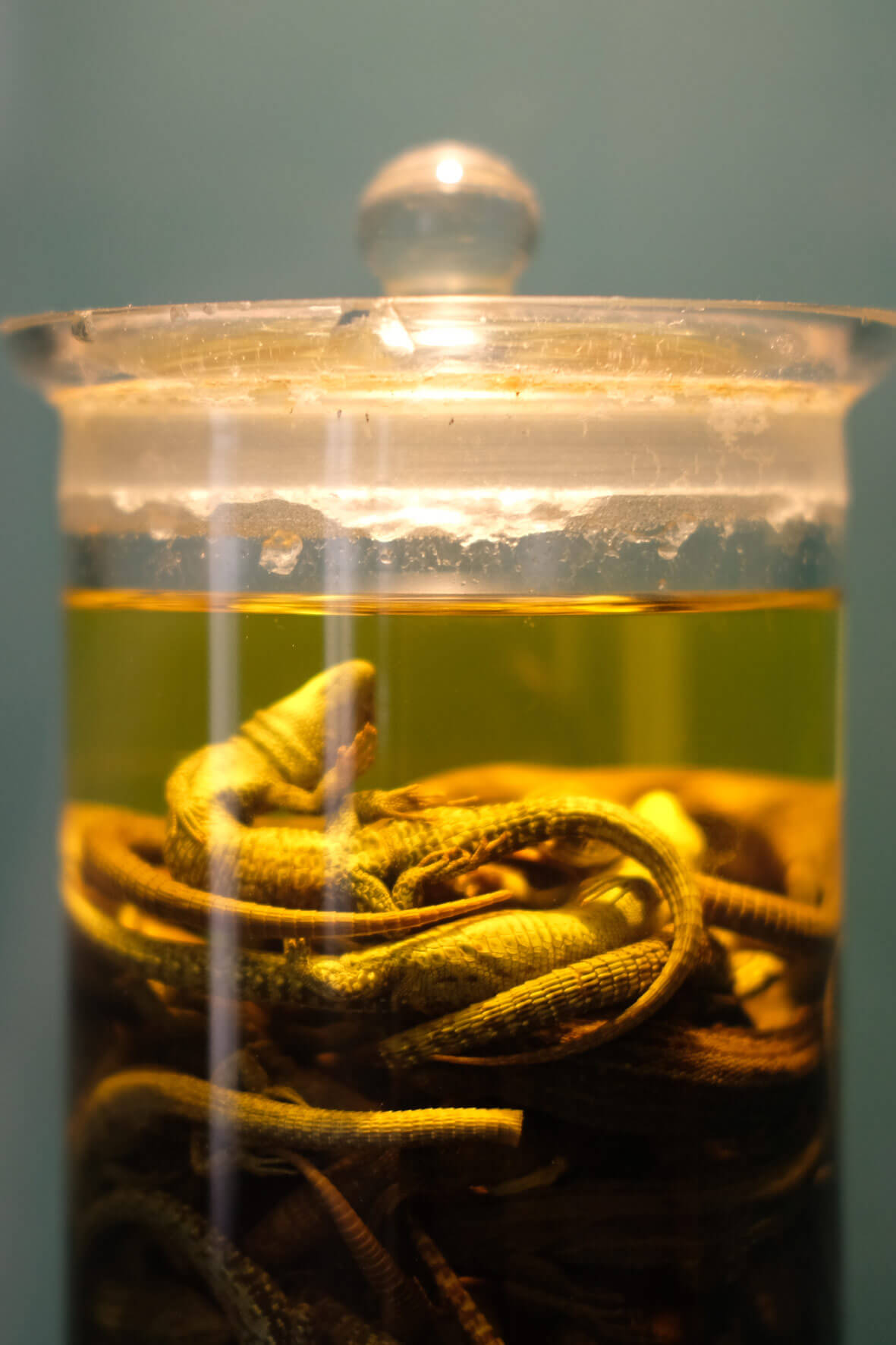This page is also available in Luxembourgish ›
This page is also available in French ›
This page is also available in German ›
The DiSSCo consortium in
LUXEMBOURG
The National Museum of Natural History (MNHNL) is the national hub for natural history collections in Luxembourg. Its role is to collect, store, preserve and publish information on the biodiversity and geodiversity of Luxembourg. Metadata is centrally archived in a national database which is accessible to other national acteurs and the wider public. Data is also published on the GBIF.org platform for biodiversity research. Highlights of the national heritage collections are exposed in permanent and special exhibitions. National inventories and research projects are pursued to close knowledge gaps on the diversity and distribution of taxa as well as on occurrences and compositions of rock strata and fossil deposits in the Grand Duchy.
participating institution
Patrick Michaely
Director of the National Museum of Natural History Luxembourg (MNHNL)
lu@dissco.eu
The National Museum of Natural History (MNHNL)
The museum holds the most important natural history collections in Luxembourg: 4,700 vertebrate specimens, more than 3,000,000 invertebrate specimens, more than 120,000 plants, bryophytes and fungi, 40,000 fossils and 31,000 mineral specimens. For selected collections, digitization is ongoing and data already made publicly available (e.g. herbarium via GBIF). For others, methods and workflows still need to be established for effective digitization of specimens. Additionally, the museum operates molecular laboratories and conducts research in bio- and geodiversity.
Participating institutions in
Luxembourg
Being the national hub for bio- and geodiversity collections, the MNHNL is currently the only NTF member for Luxembourg.
Roadmaps
National Funding
Currently no national roadmap for natural science Research Infrastructures exists in Luxembourg. Collection management and digitization are mainly done via the museum’s own funds. However, being a cultural institution the MNHNL currently benefits from a digitization initiative by the Ministry of Culture which aims to advance the digitization of the national heritage in all national cultural institutions. Project funding via the Ministry of Research is limited to specific research questions generally not related to the digitization of collections.
Our achievements
Success Stories
The collections and specimens of the MNHNL are frequently used in exhibitions demonstrating the value and beauty of the bio- and geodiversity heritage of the greater region to the wider public.
The seedbank poses an important tool to reinforce populations of endangered plant species or to reintroduce regionally extinct species.
The national database of biodiversity data at the MNHNL holds metadata from the natural history collections and is used by researchers and governmental agencies in the assessment and management of biodiversity on a national level.
Everything on one screen
Collection Dashboard
The dashboard you can see below contains data on the collections of natural science institutions across Europe. Page one shows the approximate number of collections per category for all of the 89 institutes who participated in an initial DiSSCo survey and page two the national contributions to the European collection. The selection boxes allow filtering for country and institutions. The data in this dashboard is populated with information as sent by the DiSSCo partners through an initial survey in November 2017 and should therefore be considered as preliminary. Following that survey, we went through a rigorous process of identifying obvious errors and contacting individuals to correct those. Nevertheless it will probably still contain some errors and information might be outdated. Please contact Niels Raes if you detect any issues so the data can be updated.
If you would like to see a full screen version of the dashboard, please click here.

